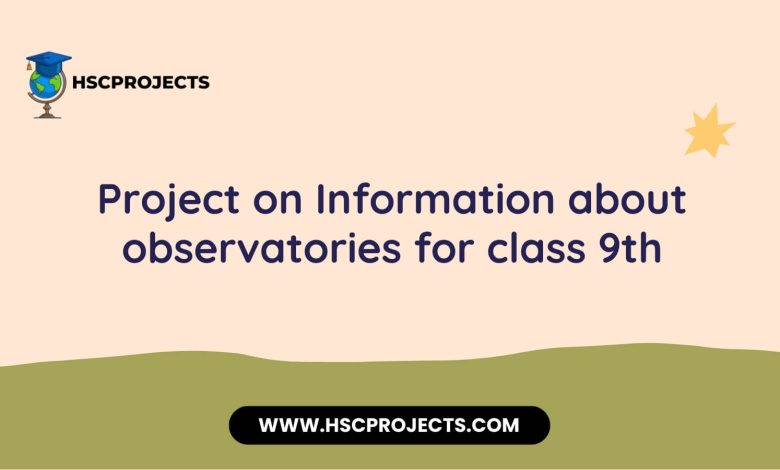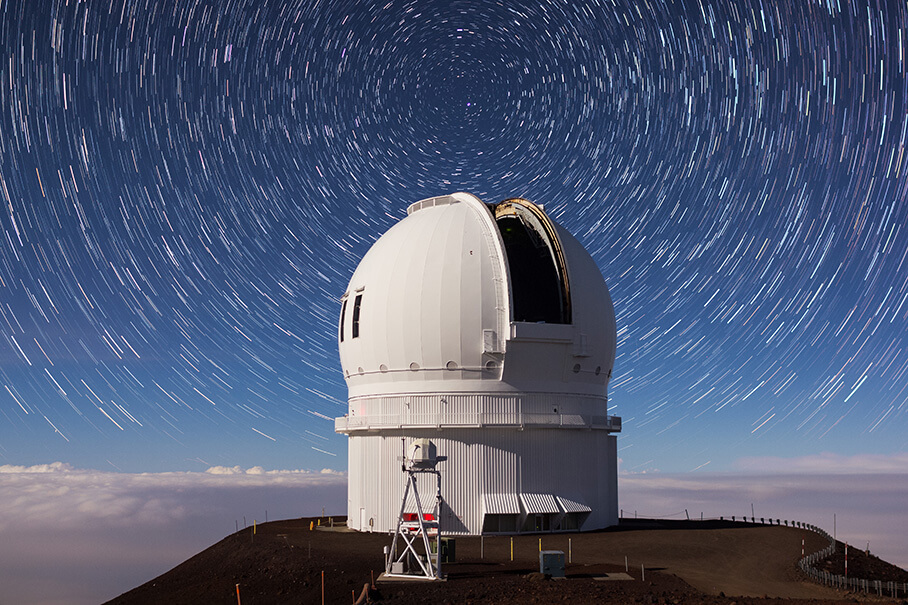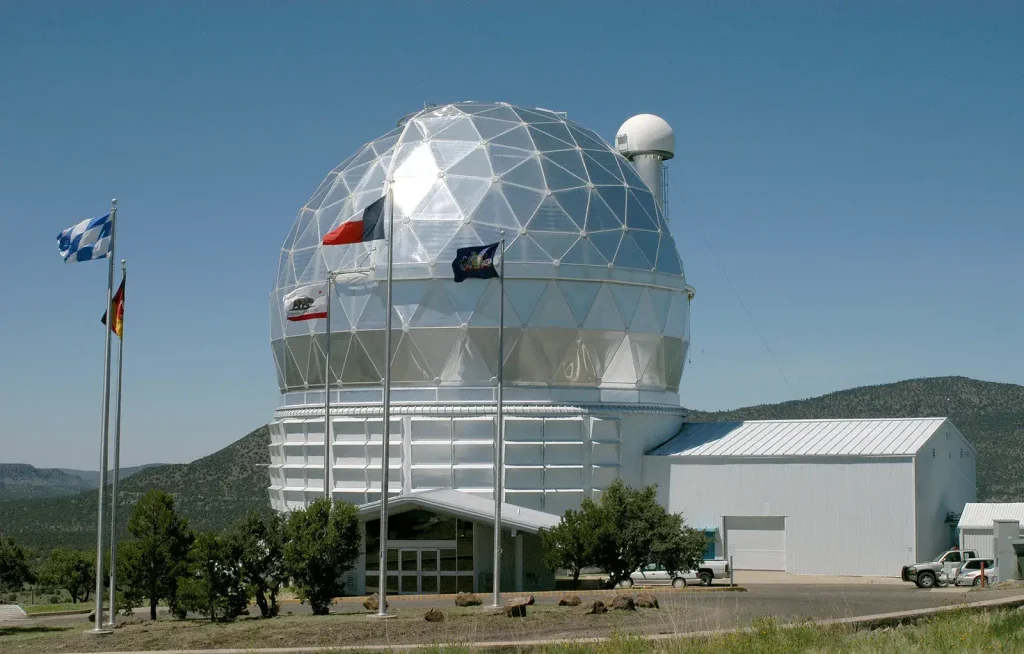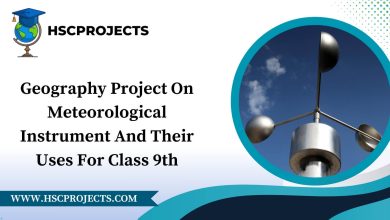
Project On Information About Observatories For Class 9th
Acknowledgment
I would like to express my sincere gratitude to all those who have contributed to the completion of this project on observatories. Writing this project has been an enlightening journey, and I am indebted to the following individuals and institutions for their support and inspiration:
- Teachers and Mentors: I extend my heartfelt thanks to my teachers and mentors who guided me throughout this project. Their valuable insights, encouragement, and constructive feedback have been instrumental in shaping the content and structure of this work.
- Educational Institutions: I am grateful to [Name of Your School/Institution] for providing a conducive learning environment and access to resources that facilitated the research and creation of this project.
- References and Sources: The project draws extensively from the knowledge and information provided by reputable sources such as NASA, ESO, and NRAO. I acknowledge the contributions of these organizations in advancing our understanding of observatories and the wonders of the universe.
- Peers and Classmates: I would like to thank my peers and classmates for engaging in discussions, sharing ideas, and providing valuable insights that enriched the content of this project.
- Family and Friends: A special thanks to my family and friends for their unwavering support, encouragement, and understanding during the process of researching and compiling this project.
This project would not have been possible without the collective efforts and encouragement of these individuals and institutions. Thank you for being an integral part of this academic endeavor.
[Your Full Name] [Class/Grade] [Date]Introduction
In the vast expanse of the night sky, observatories emerge as portals to the mysteries of the cosmos, beckoning astronomers and scientists into a realm where stars, planets, and galaxies tell tales as ancient as time itself. This project is a cosmic exploration, delving deep into the captivating world of observatories—an exploration that transcends the boundaries of our earthly existence and ventures into the celestial unknown.
Observatories, with their array of sophisticated instruments, stand as technological marvels, allowing us to gaze into the depths of space and unlock the secrets concealed within the cosmic tapestry. From the Earth’s surface to the far reaches of space, these structures serve as windows through which we peer into the cosmic drama unfolding billions of light-years away.
Our celestial journey will unfold in stages, first unraveling the essence of what observatories are, the diverse types that dot our planet and beyond, and the pivotal roles they play in advancing our understanding of the universe. From optical observatories capturing the brilliance of visible light to radio observatories eavesdropping on cosmic whispers, and space-based telescopes like the Hubble Space Telescope providing glimpses into distant galaxies, we will traverse the vast cosmic landscape.
Beyond their technical prowess, observatories are guardians of our cosmic neighborhood, monitoring the ever-changing solar frontier and offering insights into space weather that can influence our world. Through this journey, we will encounter the stellar cast of notable observatories, each contributing to groundbreaking discoveries that reshape our cosmic perspective.
As we embark on this celestial odyssey, the references from esteemed institutions like the National Aeronautics and Space Administration (NASA), the European Southern Observatory (ESO), and the National Radio Astronomy Observatory (NRAO) will serve as guiding stars in our pursuit of cosmic enlightenment. Join us as we lift the veil on observatories, peering into the vast unknown, and unraveling the cosmic wonders that have captivated humanity for generations.

Types of Observatories
A. Ground-Based Oases
- Optical Observatories: These institutions deploy telescopes harnessing visible light to scrutinize celestial marvels. The Palomar Observatory in California and the European Southern Observatory (ESO) in Chile exemplify this radiant pursuit.
- Radio Observatories: These cosmic eavesdroppers capture radio waves emitted by celestial entities. The Arecibo Observatory in Puerto Rico and the Very Large Array (VLA) in New Mexico stand as sentinels of the radio spectrum.
- Solar Observatories: Basking in the Sun’s glory, these observatories, like the Mauna Loa Solar Observatory in Hawaii, employ specialized tools such as solar telescopes to decode the solar symphony.
B. Celestial Havens:
- Hubble Space Telescope (HST): Launched in 1990, the HST has bestowed upon us mesmerizing images and invaluable insights into distant galaxies and nebulae.
- Chandra X-ray Observatory: This cosmic detective focuses on X-rays from high-energy cosmic locales, unraveling the mysteries of black holes and supernovae.
Functions of Observatories
- Astronomical Odyssey: Observatories spearhead celestial exploration, propelling our understanding of the cosmos through comprehensive research.
- Space Weather Sentinel: Guardians of the solar frontier, observatories monitor the Sun’s antics, furnishing critical intel on space weather and its potential terrestrial repercussions.
Notable Observatories and Revelations
- Kepler Space Telescope: Architect of the exoplanetary revolution, Kepler unveiled a plethora of distant worlds, reshaping our perception of planetary systems beyond our solar abode.
- ALMA (Atacama Large Millimeter/submillimeter Array): Nestled in Chile’s high plains, ALMA ventures into the frosty realms of the universe, unraveling tales of star birth and galactic evolution.

Unveiling the Marvels Through Observatories
In the grand tapestry of the cosmos, observatories emerge as irreplaceable instruments, empowering astronomers to venture into the celestial unknown and unveil the cosmic enigmas that shroud our universe. As technological frontiers push ever forward, observatories stand as beacons of discovery, etching new chapters in our cosmic narrative.
Conclusion
In concluding our celestial odyssey through the enchanting world of observatories, we find ourselves humbled by the enormity and splendor of the cosmic tapestry they have unveiled. These technological marvels, standing as bridges between Earth and the infinite expanse of space, have not only allowed us to gaze upon the wonders of the universe but have profoundly shaped our understanding of the cosmos.
Observatories, in their varied forms and functions, have proven to be indispensable tools in the pursuit of unraveling the celestial enigmas. From ground-based observatories capturing the dance of visible light to space-based telescopes peering into the farthest corners of the universe, each facet of these cosmic sentinels has contributed to the mosaic of human knowledge.
As we stand on the precipice of discovery, it becomes evident that observatories not only observe the stars but also reflect the brilliance of human ingenuity and curiosity. They have become portals to the unknown, offering glimpses into the birth and death of stars, unveiling the secrets of distant galaxies, and rewriting the narrative of our cosmic existence.
Our exploration has taken us to the edges of the solar system, where solar observatories monitor the heartbeat of our Sun, and to the depths of space, where instruments like the Hubble Space Telescope have captured breathtaking images of celestial wonders. Notable observatories such as Kepler and ALMA have rewritten the cosmic script, revealing the existence of exoplanets and providing insights into the cold, distant regions of the universe.
In this cosmic journey, we’ve been guided by the wisdom of esteemed institutions like NASA, ESO, and NRAO, whose contributions have been instrumental in advancing our understanding of the cosmos. Their collective efforts underscore the collaborative nature of human exploration, where boundaries dissolve, and knowledge becomes a shared treasure.
As we draw the curtains on this celestial reverie, observatories continue to stand as beacons of curiosity, inviting future generations to gaze upward and ponder the mysteries that still elude us. The cosmic dance persists, and observatories remain our steadfast companions on this ongoing voyage of discovery, inspiring awe and wonder with every glimpse into the cosmic unknown.
Bibliography
- National Aeronautics and Space Administration (NASA)
- Website: NASA
- European Southern Observatory (ESO)
- Website: ESO
- National Radio Astronomy Observatory (NRAO)
- Website: NRAO
- Palomar Observatory
- Website: Palomar Observatory
- Arecibo Observatory
- Website: Arecibo Observatory
- Very Large Array (VLA)
- Mauna Loa Solar Observatory
- Website: Mauna Loa Solar Observatory
- Hubble Space Telescope (HST)
- Website: Hubble Site
- Chandra X-ray Observatory
- Website: Chandra X-ray Observatory
- Kepler Space Telescope
- Website: NASA – Kepler
- ALMA (Atacama Large Millimeter/submillimeter Array)
- Website: ALMA Observatory
Certificate of Completion
[Student’s Name][Class/Grade Level]This is to certify that I, [Student’s Name], a [Class/Grade Level] student, have successfully completed the project on Information About Observatories For Class 9th.” The project explores the fundamental principles and key aspects of the chosen topic, providing a comprehensive understanding of its significance and implications.
In this project, I delved into in-depth research and analysis, investigating various facets and relevant theories related to the chosen topic. I demonstrated dedication, diligence, and a high level of sincerity throughout the project’s completion.
Key Achievements:
Thoroughly researched and analyzed [Project On Information About Observatories For Class 9th
Examined the historical background and evolution of the subject matter.
Explored the contributions of notable figures in the field.
Investigated the key theories and principles associated with the topic.
Discussed practical applications and real-world implications.
Considered critical viewpoints and alternative theories, fostering a well-rounded understanding.
This project has significantly enhanced my knowledge and critical thinking skills in the chosen field of study. It reflects my commitment to academic excellence and the pursuit of knowledge.
Date: [Date of Completion]Signature: [Your Signature] [School/Institution Name][Teacher’s/Examiner’s Name and Signature]
In order to download the PDF, You must follow on Youtube. Once done, Click on Submit
Subscribed? Click on Confirm
Download Project On Information About Observatories For Class 9th PDF






